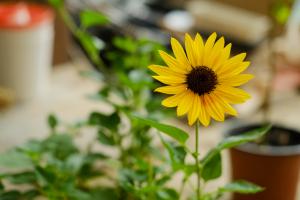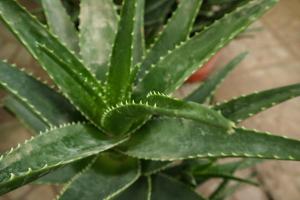Introduction
Planting flowers, herbs, or other plants can be a relaxing and enjoyable activity for many people. However, to ensure that your plants grow healthy and strong, it is important to pay attention to the details, including what you put in the bottom of your plant pots. This article will cover some common options for filling the bottom of your plant pots and their benefits.
Drainage Materials
Before discussing what to put in the bottom of your plant pots, it is important to understand the purpose of these materials. The main reason for adding materials to the bottom of your pot is to promote drainage. When plants are overwatered, their roots can become waterlogged and begin to rot, causing damage or even death to the plant. By adding drainage materials to the bottom of your pot, excess water can flow out of the soil and away from the roots, helping to prevent waterlogging.
Common materials for creating drainage in plant pots include:
Pebbles or gravel
Coarse sand
Perlite
Vermiculite
These materials should be added to the bottom of your pot before you add soil and your plants. Be sure to add enough to create a layer that is at least 1-2 inches thick.
Soil Amendments
In addition to helping with drainage, adding materials to the bottom of your plant pots can also improve the overall health and growth of your plants. Soil amendments, such as compost or manure, can be added to the bottom of your pot to help provide nutrients to your plants as they grow.
When adding soil amendments, it is important to mix them thoroughly with your potting soil before adding them to your plant pot. This will help ensure that your plants receive a consistent amount of nutrients as they grow.
Plastic Mesh or Screen
Sometimes, when using certain materials for drainage, such as gravel or coarse sand, there is a risk that these materials may eventually sink to the bottom of the pot, creating a layer that is too dense and preventing proper drainage. In this case, adding a layer of plastic mesh or screen can help prevent the materials from sinking.
If you choose to use plastic mesh or screen, be sure to use a layer that is at least 1-2 inches thick and place it on top of your drainage materials, but before your potting soil. This can help prevent the materials from mixing together over time.
Conclusion
When planting in pots, it is important to choose the right materials to help promote healthy growth for your plants. Adding materials to the bottom of your plant pots can help with drainage and overall plant health, so be sure to consider your options carefully. Whether you choose to use pebbles, compost, or plastic mesh, taking the time to properly prepare your plant pots can make a big difference in the success of your plants.

 how many times do yo...
how many times do yo... how many planted tre...
how many planted tre... how many pine trees ...
how many pine trees ... how many pecan trees...
how many pecan trees... how many plants comp...
how many plants comp... how many plants can ...
how many plants can ... how many plants and ...
how many plants and ... how many pepper plan...
how many pepper plan...































